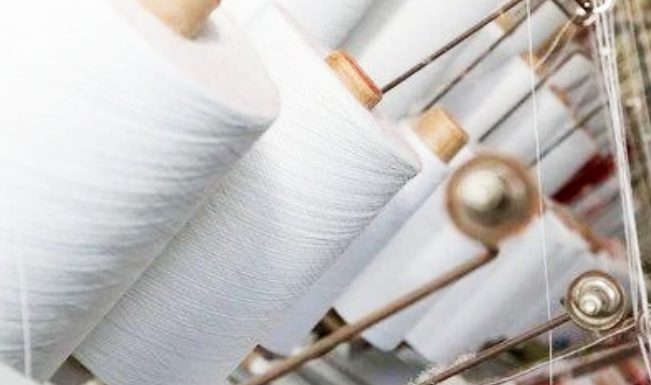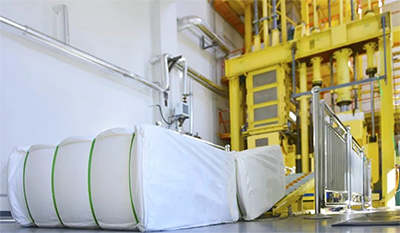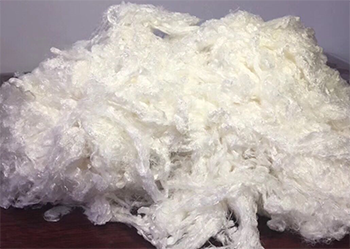Crises and opportunities in the textile industry in 2024
Chinese textile people have been coveting the overseas high-end textile industry, but there has been a lack of breakthrough opportunities, but now the opportunity has come. Recently, the Ministry of Industry and Information Technology, the National Development and Reform Commission, the Ministry of Commerce, the State Administration of Market Regulation and other four departments jointly issued the "Textile Industry Quality Upgrading Implementation Plan (2023-2025)" (hereinafter referred to as the "Implementation Plan").
The Implementation Plan specifies the development goals: By 2025, the R&D investment intensity of textile enterprises above designated size will reach 1.3%, and 70% of textile enterprises above designated size will basically realize digital networking; The formation of 20 global well-known corporate brands and regional brands, fashion leadership further improved.
Dong Kuiyong, president of the China Cotton Textile Industry Association, said that after years of development, China's textile industry has built an innovation ecology of the whole industrial chain from materials, processes, products to equipment in the deep integration of production, learning and research, and has realized the leap from "running with, and running with, and leading". Most of the indicators of the industry have reached or even exceeded the world's advanced level, and the scientific and technological content of products and the added value of brands have significantly improved, becoming the "first echelon" of China's manufacturing industry into the powerful array.
President Dong Kuiyong explained that the "Implementation Plan" highlights the intensity of enterprise research and development funds and defines the specific goals of intelligent manufacturing development; Industrial structure optimization pays more attention to product structure optimization; Further promote the "three products" action, put forward the target number of brand building; Promote green circulation and low-carbon, but no longer set specific targets for energy consumption reduction. Focusing on the development goals, the "Implementation Plan" puts forward 24 key tasks in seven aspects from innovation-driven, product upgrading, intelligent transformation, green and low-carbon, brand cultivation, optimized supply, and open cooperation.
This also provides the direction for the transformation and development of textile enterprises in 2024.



